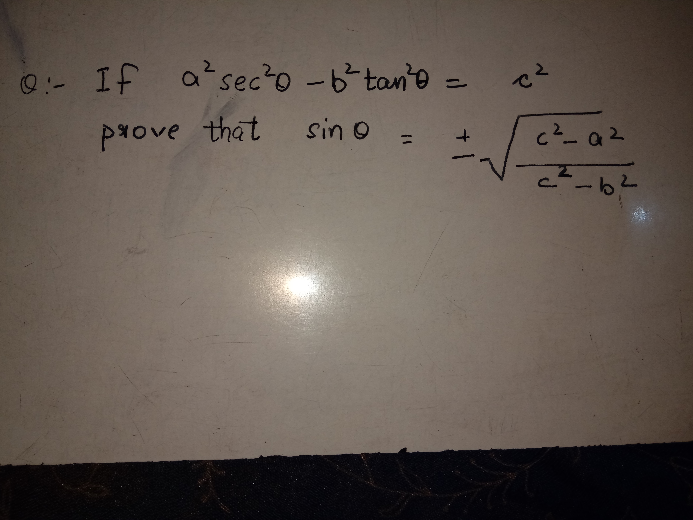
AllQuestion and Answers: Page 1822
Question Number 27936 Answers: 2 Comments: 1

Question Number 27930 Answers: 0 Comments: 2

Question Number 27920 Answers: 1 Comments: 0
Question Number 27922 Answers: 0 Comments: 4
Question Number 27909 Answers: 0 Comments: 1

Question Number 27908 Answers: 1 Comments: 1
Question Number 27899 Answers: 2 Comments: 0

Question Number 27888 Answers: 1 Comments: 4
Question Number 27885 Answers: 0 Comments: 1
Question Number 27884 Answers: 2 Comments: 0
Question Number 27882 Answers: 1 Comments: 0
Question Number 27878 Answers: 0 Comments: 1

Question Number 27870 Answers: 1 Comments: 1

Question Number 27850 Answers: 1 Comments: 0

Question Number 27847 Answers: 1 Comments: 1
Question Number 27844 Answers: 0 Comments: 1
Question Number 27843 Answers: 0 Comments: 1
Question Number 27840 Answers: 1 Comments: 0
Question Number 27853 Answers: 0 Comments: 1

Question Number 27851 Answers: 0 Comments: 2

Question Number 27830 Answers: 0 Comments: 1
$$\underset{{x}\rightarrow\propto} {\mathrm{lim}}\:\left({x}−\mathrm{ln}{x}\right) \\ $$
Question Number 27828 Answers: 1 Comments: 2
Question Number 27821 Answers: 1 Comments: 0
Question Number 27820 Answers: 1 Comments: 0
Question Number 27818 Answers: 0 Comments: 7

Question Number 27816 Answers: 1 Comments: 1
Pg 1817 Pg 1818 Pg 1819 Pg 1820 Pg 1821 Pg 1822 Pg 1823 Pg 1824 Pg 1825 Pg 1826
